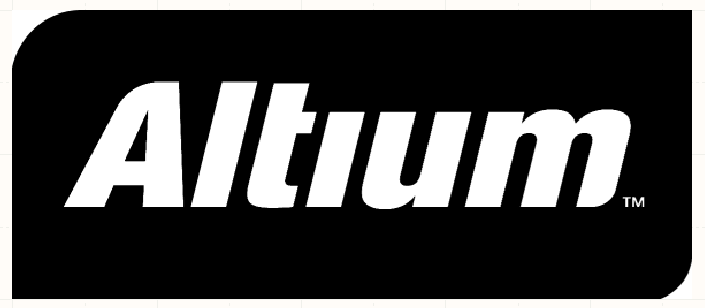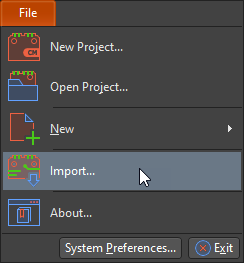Packing and Shipping Your PCBs: Best PCB Packaging Standards
I mailed my last Christmas present yesterday, a few weeks after the holidays are over. I’m only a little embarrassed; I like to do a very precise job with wrapping even if I’m not terribly concerned with punctuality. The package was for a friend overseas who had a craving for her favorite American candies. Let me tell you: a beautiful wrapping job on a bag of fun-size Butterfingers is no small feat.
Circuit board packing and shipping are more than ornamental. Before you get anything produced by a new manufacturer, you should ask about packaging. You want to be sure that your board is adequately protected. If a Butterfinger is damaged in shipping, you still get delicious crumbs, but a PCB can’t always be salvaged.
Why Does Circuit Board Packing and Shipping Matter?
If you don’t have an obsessive need for square corners and symmetric tape, then fussing over your PCB packaging probably seems like a waste of time. As long as the boards don’t get crushed in shipping, everything is fine, right? PCB packaging is almost as specific as the PCB function. You designed your printed circuit board to protect it from its expected operating environment and you need to wrap your PCB up to protect it from hazards of shipping and storage.
Printed circuit board shipping hazards range from the obvious dropping and crushing, but other mechanical damage can also occur. In extreme heat or cold, boards can warp, solder can creep and crack. You might have someone handle the packages who, like me, shakes boxes very aggressively to find out what’s inside.
Less obvious damage sources are the same things you protect PCBs from: moisture and electrostatic shock. It’s possible to get any, all, or none of the types of circuit board damage to your boards during shipping. It just depends on how well they’re protected and how aggressively I'm shaking the box.
Types of Packaging
Packaging varies based on your PCB assembly and what you need to protect against. The protection is not always obvious just from looking at the wrapping, so it’s helpful to have a little background:
Tissue paper and bubble wrap: Unless you’re shipping bare PCBs (which just have a rubber band holding them together), this is probably the most basic packaging you’ll see. This is fine for very simple, robust boards, but if you have more sensitive components, you probably want to step it up.
Pink poly: Pink poly is a type of plastic wrap that provides ESD protection. It comes as plastic wrap, bags, and bubble wrap. In addition to the cushion of a pink poly bubble wrap, it protects against shocks that occur when the box full of boards is packed and unpacked. You should be aware that the material is not compatible with certain plastics, especially polycarbonate, so select your materials accordingly.
ESD Bags: Many ESD sensitive circuit board components and some larger hardware will get shipped in ESD bags. They are shiny, silver plastic, and often have a Ziploc style seal. You can get these in various sizes, and have your ESD sensitive boards packed into individual bags to keep them safe from static shocks during transit
Moisture barrier: If your PCBs are moisture sensitive (most are, at some level), or will be shipped by ocean freight, or through a humid climate, look at moisture barrier packaging or a moisture barrier bag. Your PCBs will be individually sealed, probably with a little packet of desiccant, to keep out moisture in the air, regardless of where the boards travel en route to you. Moisture barrier packaging is usually puncture resistant, too, so it gives a little extra protection to your boards.
Vacuum sealed: For the hardcore moisture sensitive circuit board applications, you can have all the air sucked out of the packaging around your PCB. I think it looks like a neater version shrink wrap. You can also get vacuum sealed ESD packaging if you need protection on multiple fronts.
What do I need for my PCB?
Choose a packaging that’s going to provide adequate protection for your board. After designing and manufacturing, you don’t want the boards to get damaged in transit. If you are receiving multiple boards in a single shipment, then have them packaged based on their custom requirements. I wrap a drone very differently than a bag of candy bars, but I want them both to arrive unscathed.
When you’re getting PCBs manufactured, ask what the standard packaging is. Find out about pricing for other options. If pink poly bubble wrap is enough, and they usually vacuum seal, you might be able to get a discount. If you have concerns, ask to get a sample of the packing material before they start manufacturing anything for you. If you are on-site for an audit, watch their packing methods, and take a good look at the materials they are using.
While not as fun as picking wrapping paper, making careful decisions on packing will keep all your hard work from going to waste right at the end. When you need to access an easy-to-use PCB layout tool that includes everything needed to build high-quality manufacturable circuit boards, look no further than CircuitMaker. In addition to easy-to-use PCB design software, all CircuitMaker users have access to a personal workspace on the Altium 365 platform. You can upload and store your design data in the cloud, and you can easily view your projects via your web browser in a secure platform.
Start using CircuitMaker today and stay tuned for the new CircuitMaker Pro from Altium.

















